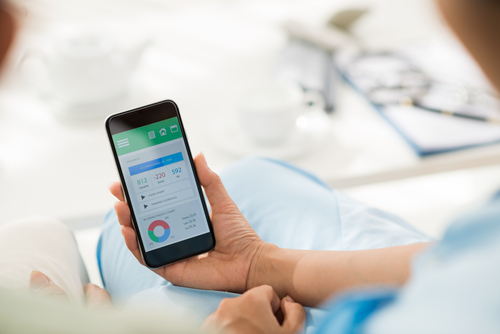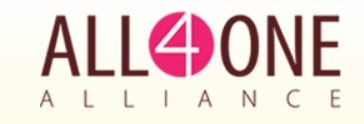Cancer foundation uses a new app to navigate the cancer recovery process
By Molly McCarthy, the Contributing writer

Marlborough – The Cancer Resource Foundation Inc. (CRF) was established after its co-founders, President and Chair Karleen R. Habin, RN, BCCS, MPHC, and Chief Executive Officer Mary Lou Woodford, RN, MBA, CCM, repeatedly experienced the overwhelming confusion that comes with navigating a cancer diagnosis. The CRF is a national 501(c) 3 nonprofit organization headquartered in Marlborough with a mission to advocate and provide support for the prevention, early detection, diagnosis, treatment, and survivorship of cancer through patient assistance, education and research.
As a nurse, case manager, and public health professional, Woodford had 30 years of experience working with underserved diverse populations before co-founding the CRF. She had continually seen the challenges cancer patients face in coordinating their healthcare. In 1998, Habin, who has over 25 years of nursing experience, teamed up with Woodford to make navigating the health care system easier for both cancer patients and caregivers. From this stemmed The Breast Cancer Research Guide of Massachusetts.
A private-public collaboration printed resource directories to help disadvantaged Massachusetts women find the resources they need to recover from breast cancer. Fifty thousand directories were printed and distributed. Over time, the information in the resource guide needed updating.
“We knew that there are things that we can give people access to in a much more efficient way. So we started the Cancer Resource Foundation in 2009 and started to develop the online version of the resource guide in 2010,” Woodford said.
This was the beginning of the 1SourceApp, a secure web-based application tool that allows people to create an account and apply for multiple programs by entering their information only once. The 1SourceApp ensures that all information on the application is processed as quickly as possible. Users have 24-hour access and notifications allow applicants, providers, caregivers, family members, genetic counselors, and case managers to see when an application determination has been made.
The 1SourceApp connects patients and caregivers to programs that can help pay the “out-of-pocket” costs for products such as breast prostheses, post-mastectomy bras and garments, lymphedema sleeves, and gauntlets, wigs, meals, medication, and more. Many of these programs are part of the All4One Alliance, a partnership of public and private organizations across the country that share the CRF vision.

“We developed a membership so stores across the country can become a member of the alliance. They get a page on our website and they get a fundraiser page and the benefit to that is they can use our 501c3 to raise money to help women in their community. It’s a really interesting concept; it’s a different business model, that we know of, that exists anywhere,” Woodford explained.
Assistance programs for genetic testing are also offered through the 1SourceApp. The CRF implemented the Genetic Information for Treatment Surveillance and Support (GIFTS) in 2010. It launched the National Genetic Testing Co-Pay and Assistance Program in 2011; the program went national in 2012.
“We have found that coinsurance and deductibles are a barrier, specifically for genetic testing,” Woodford said.
Woodford compares the 1SourceApp to the common application for colleges.
“When I applied to college I got all of the paper applications and completed them all, even though 75 percent of the content was the same. The organization [providing a service or product to the patient] will get the information from the common app but they still determine eligibility; we do’s. They will still get to give out the product the way they give out the product. It’s just a different way for the information to get from the application to organizations in a more efficient way. It’s easier for the person who needs it. That’s the goal,” Woodford said.
For more information please visit http://cancer1source.org/.
 All 4 One Alliance Legal
All 4 One Alliance Legal 